Spice Up Your Plate: A Flavorful Journey Through African Cuisine
Table of Contents
Introduction to African Food and Spices
African cuisine is a vibrant tapestry of flavors, colors, and aromas that reflect the continent's rich cultural diversity. From the fiery stews of West Africa to the aromatic tagines of North Africa, each region has its own unique culinary identity. Central to this diversity are the spices—bold, complex, and deeply rooted in tradition.
When you think of food from Africa, you might imagine a variety of dishes that are as diverse as the people who prepare them. But one common thread across many African cuisines is the use of spices. These ingredients not only add depth and flavor but also tell stories of history, trade, and community.

Essential Spices in African Cooking
African cooking relies on a range of spices that vary by region. Some of the most commonly used include:
- Cumin: Adds warmth and earthiness to dishes like Moroccan tagine or Ethiopian doro wat.
- Coriander: Used in both fresh and ground forms, it’s a staple in North African and Middle Eastern recipes.
- Paprika: Found in dishes like Senegalese thieboudienne, it brings a sweet and smoky flavor.
- Chili Peppers: Whether dried or fresh, they bring heat and color to many African dishes.
- Mixed Spice (Berbere): A blend popular in Ethiopian and Eritrean cooking, it includes chili, garlic, ginger, and other warm spices.
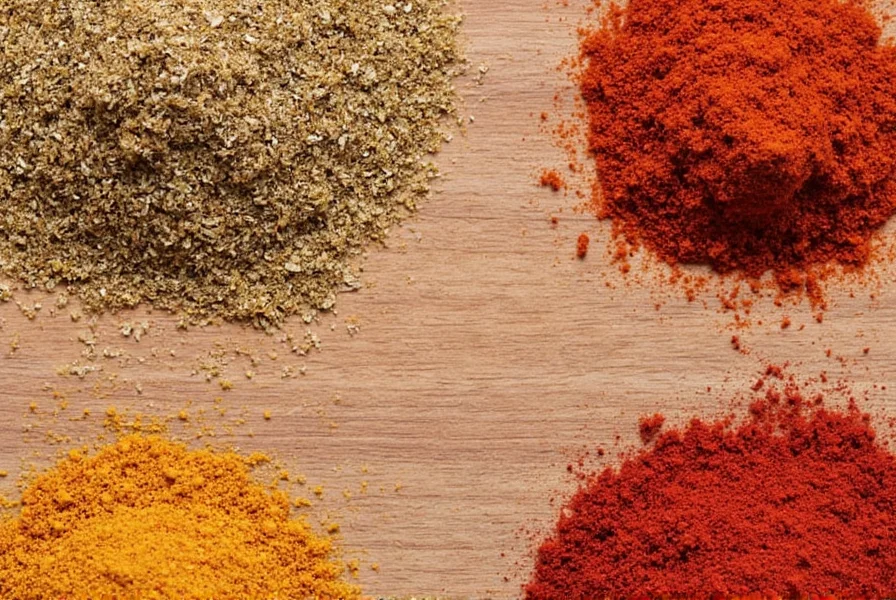
Practical Tips for Cooking with African Spices
Whether you're an amateur enthusiast or a seasoned chef, these tips will help you make the most of African spices in your kitchen:
- Start Small: Spices can be potent. Begin with a small amount and adjust to taste.
- Toast the Spices: Toasting whole spices before grinding enhances their aroma and flavor.
- Use Fresh Herbs: Fresh herbs like cilantro or parsley can elevate the taste of your dish.
- Pair Wisely: Some spices work well together. For example, cumin and coriander complement each other in many North African dishes.
- Experiment with Blends: Don’t be afraid to mix different spices to create your own signature flavor.
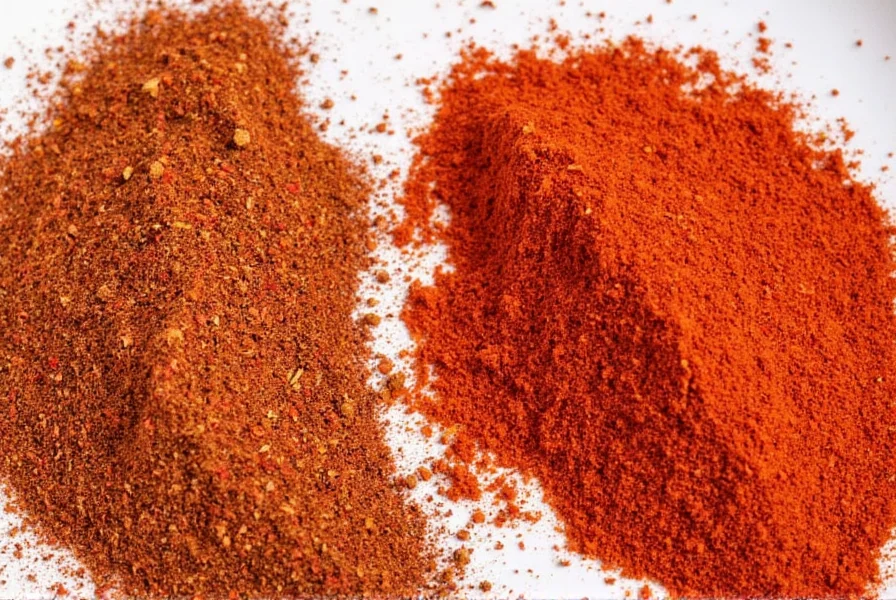
Buying Guide for African Spices
If you're looking to bring the flavors of Africa into your kitchen, here's a guide to help you choose the right spices:
| Spice | Best Use | Recommended Brand | Price Range |
|---|---|---|---|
| Cumin | Stews, curries, and roasted vegetables | McCormick | $3–$5 per ounce |
| Coriander | Tagines, salads, and marinades | Penzeys | $4–$6 per ounce |
| Paprika | Grilled meats, rice dishes, and soups | Better Than Bouillon | $2–$4 per ounce |
| Chili Powder | Spicy stews, sauces, and seasoning blends | Sam's Choice | $1–$3 per ounce |
| Berbere | Ethiopian and Eritrean dishes | Lamb & Honey | $5–$8 per ounce |
These spices are ideal for home cooks who want to experiment with African flavors without overwhelming their taste buds. They’re also perfect for special occasions like dinner parties or cultural celebrations where authenticity matters.
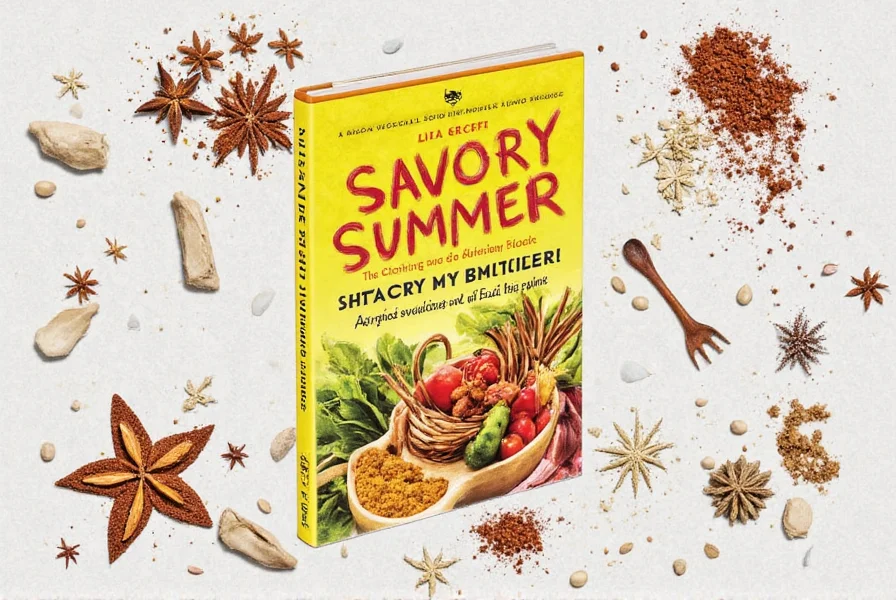
Conclusion
African cuisine is a celebration of flavor, culture, and tradition. By exploring the spices that define this rich culinary heritage, you can bring a new dimension to your cooking. Whether you're making a hearty stew or a fragrant rice dish, the right combination of spices can transform your meal into something unforgettable.
Remember, food from Africa is more than just a dish—it's a story of resilience, creativity, and community. So, next time you reach for your spice rack, think about the journey those spices have taken and how they can inspire your next culinary adventure.
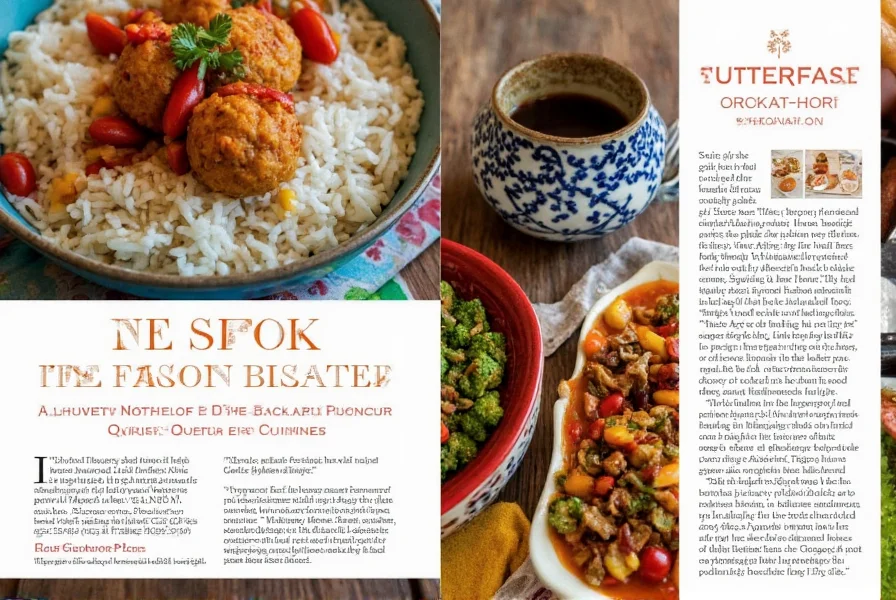
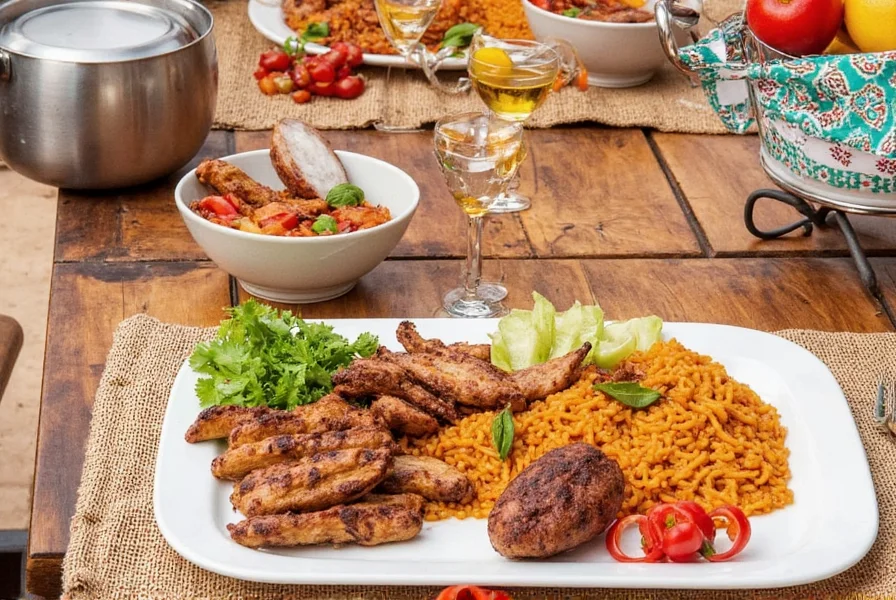
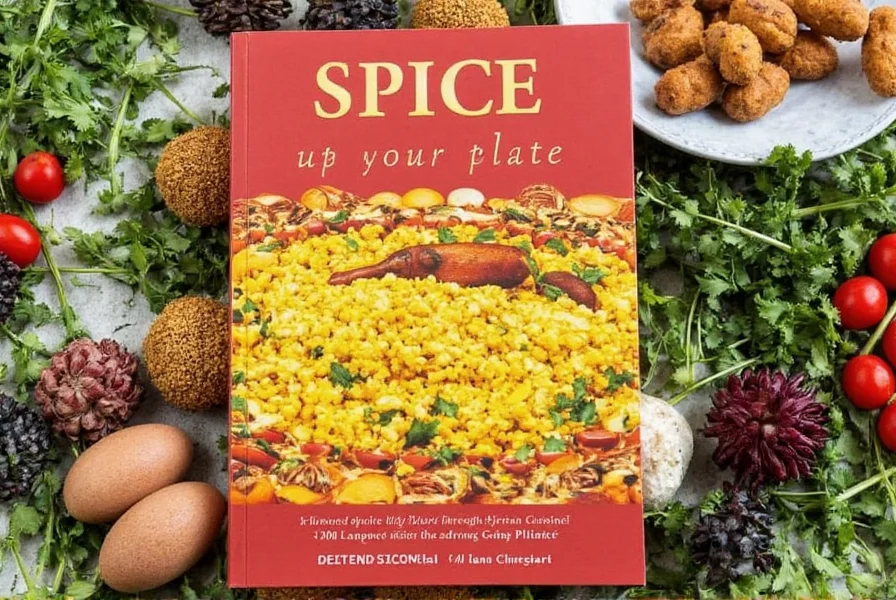
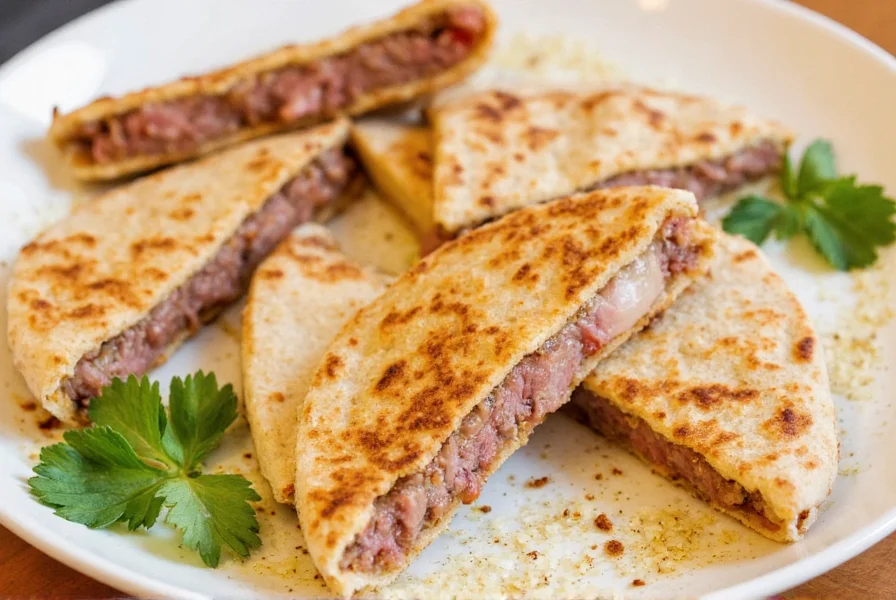
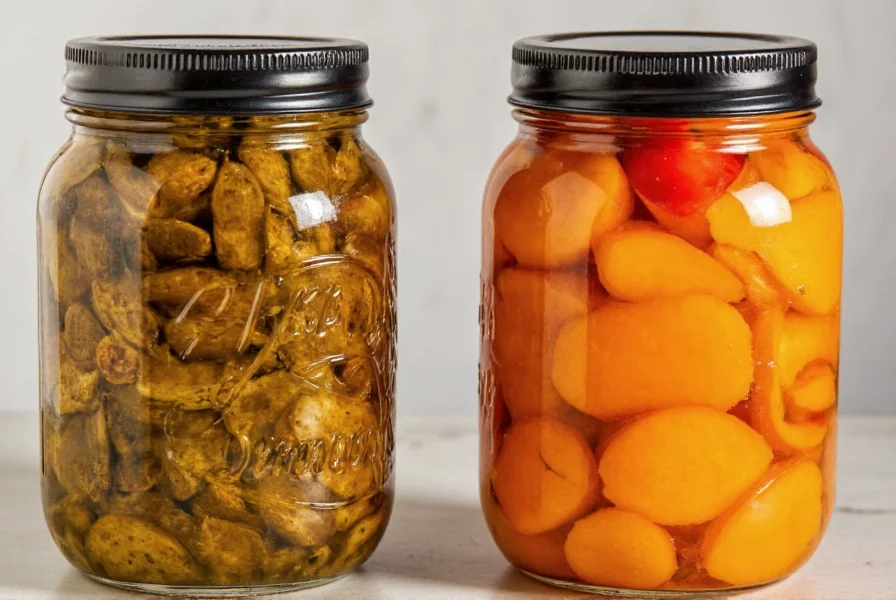

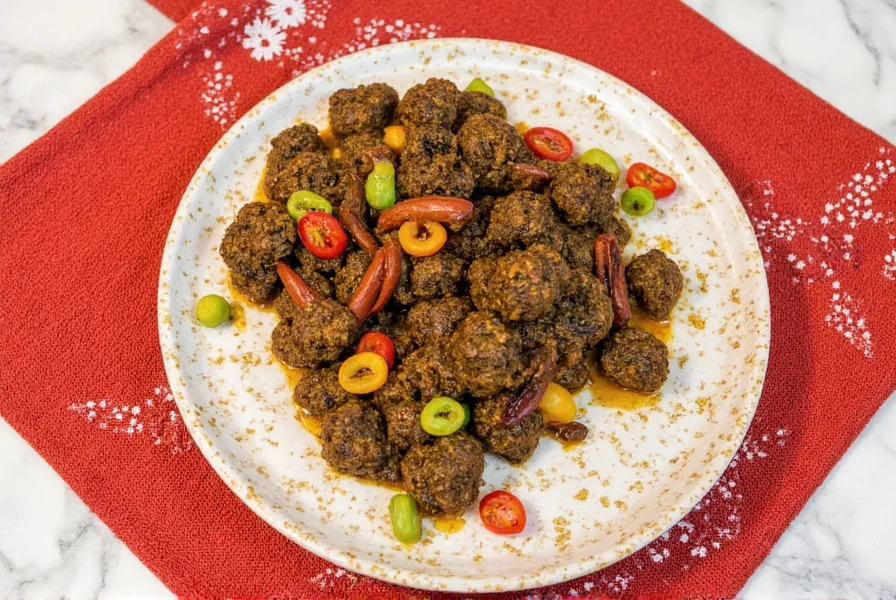









 浙公网安备
33010002000092号
浙公网安备
33010002000092号 浙B2-20120091-4
浙B2-20120091-4